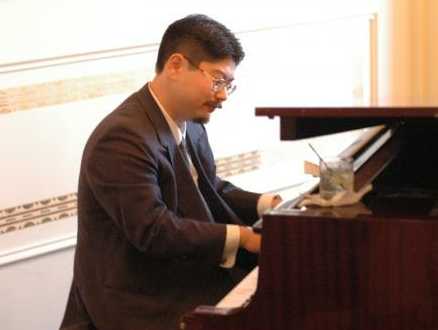Some Concrete Amusement...
Dan gave me some ribbing about taking an entire course on concrete durability during the fall term ("Sounds about as exciting as watching walls dry.... oh wait...").
So when I got email today from the Portland Cement Association's Concrete Technology E-Briefing list that I'm subscribed to... hey, stop laughing. Yeah, you, cutitthellout. Anyway, as I was saying, there was an abstract that I thought might amuse the folks who find concrete + high technology to be a bit incongruous:
Virtual Cement and Concrete Testing Laboratory Wins Supercomputer Time
Researchers at the National Institute of Standards and Technology (NIST) in Gaithersburg, Md. have been awarded more than 1,000,000 hours of NASA supercomputer time to study concrete mixing. The VCCTL (Virtual Cement and Concrete Testing Laboratory) team will use the time to study the complex interactions of cement and aggregate particles of fresh concrete in order to better understand concrete rheology.
All that I can say is: holy crap I'm glad I don't work in that theoretical aspect of this field. Also, just think of the relative reactions to what you do:
"I run supercomputer simulations on climate patterns at NCDC." = Ok, he must be a cool high-powered geek like Beemer.
"I run supercomputer simulations on mixing concrete at NIST." = WTF, over? The lab couldn't spring for a concrete mixer so you could observe it for real?
Edit: Incidentally, I have to assume that hours of supercomputing time ≠ hours of real time, otherwise, they got awarded 114 years of time, which sounds entirely less than useful (i.e., "Tell us the answer, o Deep Thought"). I'm sure a member of my audience can explain this--does this assume a certain fixed amount of parallel processing, or what?


7 Comments:
Any chance these guys can figure out how to replicate the concrete gradations in the Pantheon?
I have no familiarity with these concrete gradations, so I did some Google searching. Based on this website, it seems like they changed the density of the aggregate used in the dome, depending on how high up they were--heavier/stronger aggregates like basalt at the base, and lightweight aggregate like pumice towards the top. Is that what you're talking about? It's completely doable--on a technical basis--today; lightweight aggregate concrete has some specific uses. But I doubt this approach would be terribly time/cost effective today. Or are you talking about something else that's clever?
Well, the Jane Jacobs school of writers always mentions that as knowledge lost in the Dark Ages, with the implication it wasn't ever regained. Urban folklore in your field, Bats. Happens to all of us.
Oh, and yeah, computer science is the most fudge-ridden badly quantified field besides economics, and in that context they mean time * processors = "computer time", which still doesn't tell you much without more context (processor speed, memory buss bandwidth, etc). Sounds like the cluster is at least 222 processors.
Yeah--the meaningfulness of the "hour" as a unit of supercomputation is a very reasonable question. It'd probably be better said as "X% of our staff's time for a year in getting their damn code to run on the cluster". Supercomputing economics seem very mired in the '80s.
I thought one of the tricks those clever Greeks used in the huge domes involved thinning the walls/making insets as you go higher up the dome and adding small hollow pottery into the mix. Plus that clever occulus-- reduces weight on the whole structure at its most vulnerable point.
Of course, this is just from watching too much of the history channel this past winter.
back to working on @*%!! paper for work.
er, *Romans* I mean. *Romans*, dammit.
Note to self: read referenced website _before_ posting.
Silly biologist.
I did get a chance to see some of Hadrian's Wall. Rather impressive. And, in places, kinda funny, like where rocks from Hadrian's wall were re-purposed to build Nigel's sheep field wall, neatly blending into the former...
deja vu, oh no, I'm repeating old posts?!
...back to Human Leukocyte Antigens. woo-hoo!
Post a Comment
<< Home